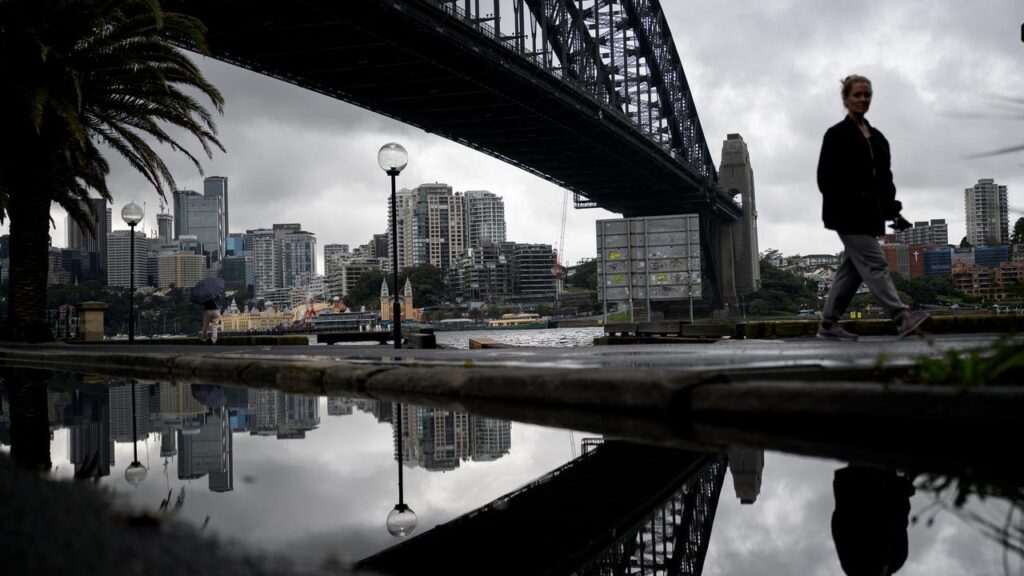Rate cut hopes evaporate with healthy jobs figures
Jacob Shteyman |

Hopes of more interest rate cuts have taken a hit after Australia’s unemployment rate plunged, reinforcing beliefs of a tight jobs market.
Bonds traders lowered the odds of another Reserve Bank interest rate cut on Thursday and the ASX fell to its lowest level since August after the Australian Bureau of Statistics released its monthly labour force figures.
About 42,000 jobs were added to the economy in October, exceeding economist forecasts of a rise of 20,000, while the number of unemployed people fell by 17,000.
As a result, the unemployment rate fell to 4.3 per cent, unwinding a commensurate spike to 4.5 per cent the month prior.
Analysts had anticipated unemployment to edge down to 4.4 per cent.
In the 15 minutes immediately following the release, the Australian dollar spiked 0.42 per cent against the US dollar while the ASX200 tumbled 0.79 per cent as traders gave up hope for more rate cuts.
“This month more unemployed people moved into employment compared to a typical October,” ABS head of labour statistics Sean Crick said.
The fall in unemployment suggests the gradual softening in the labour market since the start of 2025 might have ended and conditions have stabilised.
In their latest economic forecasts released in November, RBA staff predicted the unemployment rate would remain stable at 4.4 per cent for the foreseeable future.

Several indicators, such as low underemployment, an above-average share of firms struggling to find workers, a high ratio of vacancies to unemployed workers and strong growth in labour costs suggested the jobs market remained tight, the central bank said.
After inflation was substantially higher than RBA forecasts in the September quarter, the surprise result lends further weight to the idea that the economy is running near capacity and inflationary pressures are not going away.
“The Reserve Bank has highlighted that the economy may be close to its supply capacity, which means it cannot cut the cash rate much further, if at all, without generating inflation,” EY chief economist Cherelle Murphy said.
VanEck head of investments and capital markets Russel Chesler said there was a chance the cash rate might have reached its terminal point at 3.6 per cent, pending any unforeseen macroeconomic or geopolitical events.

The full details of the report painted a picture of a robust labour market.
The participation rate held steady at 67 per cent, near a record high, while full-time jobs drove the rise in employment, up by 55,000.
Treasurer Jim Chalmers said it was a very positive result.
“We’re one of few countries around the world that have been able to keep people in jobs in the face of extreme global uncertainty and that’s what this data shows,” he said.
AAP


